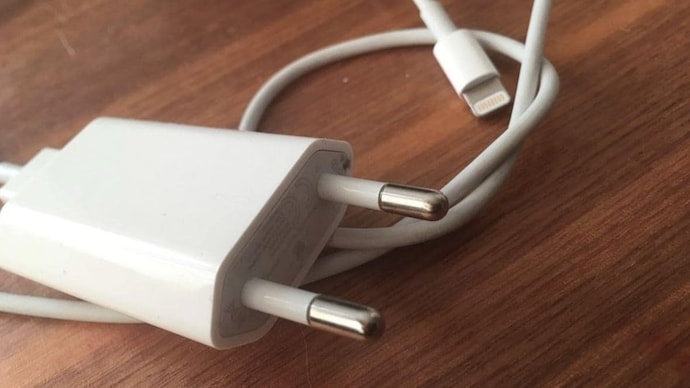
The Role of USB-C in Fast Charging: Exploring the Future of Connectivity
Introduction:
In today's fast-paced digital world, where our devices have become an indispensable part of our lives, the need for efficient charging solutions has become more crucial than ever before. USB-C, also known as USB Type-C, has emerged as a game-changer in the realm of connectivity, offering numerous advantages over its predecessors. In this blog, we will delve into the world of USB-C and explore its role in fast charging, as well as its potential impact on the future of connectivity.
About USB-C:
USB-C is a universal standard for charging and data transfer that was introduced in 2014. It features a compact, reversible connector that can be plugged in either way, eliminating the frustration of trying to figure out the correct orientation. Unlike its predecessors, such as USB-A and micro USB, which have different connectors for different devices, USB-C aims to unify the charging and data transfer experience across multiple platforms.
Roles of USB-C:
- Fast Charging: One of the most significant advantages of USB-C is its ability to deliver fast charging speeds. USB-C supports the USB Power Delivery (USB PD) standard, which allows for higher power output and faster charging times. With USB PD, devices can negotiate the optimal power delivery level, ranging from a few watts for smartphones to several hundred watts for laptops or other power-hungry devices. This feature has revolutionized charging, enabling us to quickly recharge our devices and get back to our activities in no time.
- Versatile Applications: USB-C is not limited to charging alone. Its versatility extends to data transfer and video output as well. USB-C can transmit data at incredibly high speeds, reaching up to 10 Gbps with USB 3.1 Gen 2 technology. This means that transferring large files between devices, such as smartphones and computers, becomes much quicker and more convenient. Additionally, USB-C can also support video output, allowing users to connect their devices to external displays, monitors, or projectors without the need for additional adapters.
- Compatibility: USB-C's widespread adoption has led to an increased availability of devices equipped with this standard. Many smartphones, tablets, laptops, and even gaming consoles now come with USB-C ports, making it easier for users to connect and charge their devices using a single cable. Moreover, USB-C is backward compatible with older USB standards, ensuring that your existing USB-A or micro USB devices can still be used with USB-C ports through the use of adapters or cables.
Conclusion:
USB-C has undoubtedly revolutionized the world of connectivity, particularly in terms of fast charging. Its ability to deliver higher power output and faster charging times has significantly enhanced the user experience, allowing us to stay connected and productive with minimal downtime. USB-C's versatility extends beyond charging, offering fast data transfer speeds and video output capabilities.
